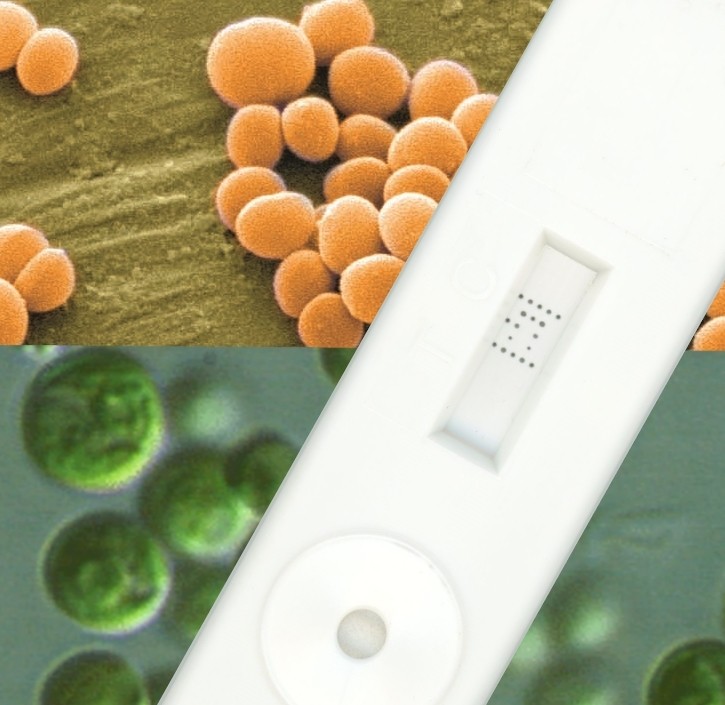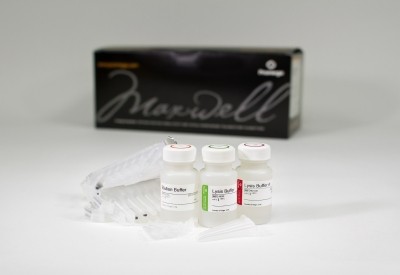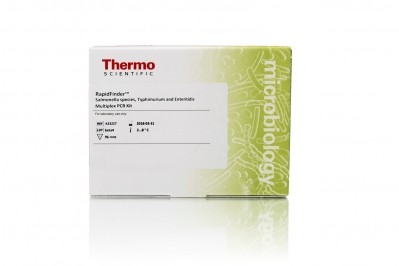Dutch project scaling up multi-analyte methods

Staff time to carry out such methods would be the same as for a single-analyte system so testing could be done at a lower cost.
The institute Wageningen Food & Biobased Research (FBR-DLO) has experience in producing multi-analyte lateral flow and ELISA methods.
Multi-analyte demand
FBR-DLO said the food diagnostic sector is looking for multi-analyte diagnostic devices that can be produced economically and at a large scale.
The advantage of such methods is that platforms have been known for years and, in the case of ELISA, can be fully automated on equipment that is widely available, it added.
Low-cost reading equipment will also be further developed.
Aart van Amerongen, project leader, said it will start with sandwich-assays in microtiter plates by using antibodies.
“If a (short) culture step is not involved, the dead-alive status cannot be assessed. If a multiplex PCR would precede the test we could add a chemical that would block DNA from dead cells from being amplified during PCR," he said.
“We generally optimise a multiplex PCR to 30 minutes and do not apply a DNA purification step before; cells are directly put in PCR tubes.
“The PCR is often followed by a lateral flow microarray test for which a real-time video recording reader has been developed in collaboration with the HAN University of Applied Sciences.
“At the moment the PCR-Lateral flow Microarray procedure is being integrated in a credit card-size device to prevent contamination by aerosols that are highly loaded with amplicons.”
Although some multi-analyte ELISAs are available in the human diagnostic sector, the technology would need improvements to be applicable for food, said FBR-DLO.
The project began at the start of the year and runs until the end of 2019.
Half is funded by the Dutch government and 25% by the companies. The remaining 25% is an in-kind contribution from companies FBR-DLO has previously worked with in this area.
One of the first multi-analyte tests will be focused on Salmonella subspecies.
Project partners
With Scienion and HAN the hope is diagnostic methods can be further developed and commercially marketed worldwide by the European Livestock Diagnostic Center (ELDC).
Scienion will be involved in the ultra-low volume dispensing part of the project.
The HAN University of Applied Sciences (in Arnhem and Nijmegen) is one of the five largest universities of applied sciences in the Netherlands. Two departments of HAN are involved: Digital Signal Processing and Embedded Vision Design.
The ELDC in Kerkrade, The Netherlands, is an internationally operating ELISA laboratory.
Together with DNalysis, a forensic and veterinary DNA-lab, the company BeterVee was set up as a joint venture.
BeterVee is specialised in development and execution of veterinary test programmes to combat diseases in cattle and pigs and in food safety issues related to consumption of these animals.
The diagnostic devices will rely on ultra-low volume dispensing of reagents (down to 50 picoliter) in a microarray of spots to enable simultaneous detection of a range of risk factors in a single sample; 8x8 arrays per well in ELISA and 5x5 arrays in lateral flow tests.
Machine vision technology will be used to achieve automated interpretation of multi-analyte diagnostic methods, objectify test outcomes and provide data management.
























